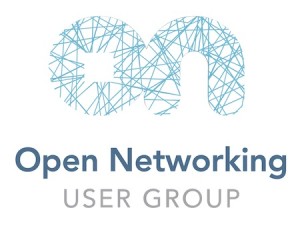0
Nuage visualizes the SDN
Nuage Networks this week released an application designed to better integrate physical and virtual networks.The company’s Virtualized Services Assurance Platform (VSAP) correlates the operation of virtual overlays and physical underlays in software defined networks on behalf of applications and workloads. Nuage says it employs standard protocols to achieve this instead of proprietary approaches offered by its SDN competitors that require specific hardware.+MORE ON NETWORK WORLD: Alcatel-Lucent SDN company puts pedal to bare metal+To read this article in full or to leave a comment, please click here
 Cisco highlights its group-based policy (GBP) abstractions for OpenStack, a declarative policy model that simplifies application-oriented interfaces.
Cisco highlights its group-based policy (GBP) abstractions for OpenStack, a declarative policy model that simplifies application-oriented interfaces.
